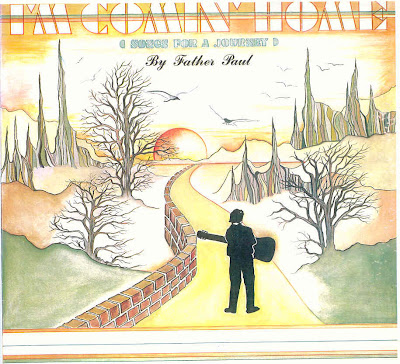Easter is more than a festival of Enlightenment. Easter is also a prayer of Light. We pray to the risen Christ to lead us from the unreal to the real, from darkness to the Light and from death to Immortality. On this spiritual journey Jesus makes an invitation to all of us.
Christians celebrate Easter Sunday because Jesus rose from death. The resurrection of Jesus Christ is one of the fundamental principles and beliefs of Christianity and a well documented historical fact. Christians celebrate Easter Sunday because they believe, Jesus died for their sin on the Cross on Good Friday. Jesus was buried on Friday and rose from death on Sunday. Christians believe only Jesus can give eternal life, because He overcame death.
The Empty Tomb:
1 Early on the first day of the week, while it was still dark, Mary Magdalene went to the tomb and saw that the stone had been removed from the entrance.
2 So she came running to Simon Peter and the other disciple, the one Jesus loved, and said, "They have taken the Lord out of the tomb, and we don't know where they have put him!"
3 So Peter and the other disciple started for the tomb.
4 Both were running, but the other disciple outran Peter and reached the tomb first.
5 He bent over and looked in at the strips of linen lying there but did not go in.
6 Then Simon Peter, who was behind him, arrived and went into the tomb. He saw the strips of linen lying there,
7 as well as the burial cloth that had been around Jesus' head. The cloth was folded up by itself, separate from the linen.
8 Finally the other disciple, who had reached the tomb first, also went inside. He saw and believed.
9 (They still did not understand from Scripture that Jesus had to rise from the dead.)
Jesus Appears to Mary Magdalene:
10 Then the disciples went back to their homes,
11 but Mary stood outside the tomb crying. As she wept, she bent over to look into the tomb
12 and saw two angels in white, seated where Jesus' body had been, one at the head and the other at the foot.
13 They asked her, "Woman, why are you crying?"
14 "They have taken my Lord away," she said, "and I don't know where they have put him." At this, she turned around and saw Jesus standing there, but she did not realize that it was Jesus.
15 "Woman," he said, "why are you crying? Who is it you are looking for?"
The Date of Easter:
Easter and the holidays that are related to it are moveable feasts, in that they do not fall on a fixed date in the Gregorian calendar (which follows the motion of the Sun and the seasons). Instead, they are based on a lunar calendar like that used by the Jews. At the First Council of Nicaea in 325 it was decided that Easter would be celebrated on the Sunday after the 14th day of the first lunar month of spring (in theory, the Sunday after the first full moon on or after the day of the vernal equinox). Eventually, all churches accepted the Alexandrian method of computing Easter, which set the northern hemisphere vernal equinox at 21 March (the actual equinox may fall one or two days earlier or later), and the date of the full moon was to be determined by using the Metonic cycle. A problem here is the difference between the western churches and the Eastern Orthodox Churches. The former now use the Gregorian calendar to calculate the date of Easter, while the latter still use the original Julian calendar. The World Council of Churches proposed a reform of the method of determining the date of Easter at a summit in Aleppo, Syria, in 1997. This reform would have eliminated the difference in the date between the Eastern and Western churches. The reform was due to be implemented starting in 2001, but it failed.








































